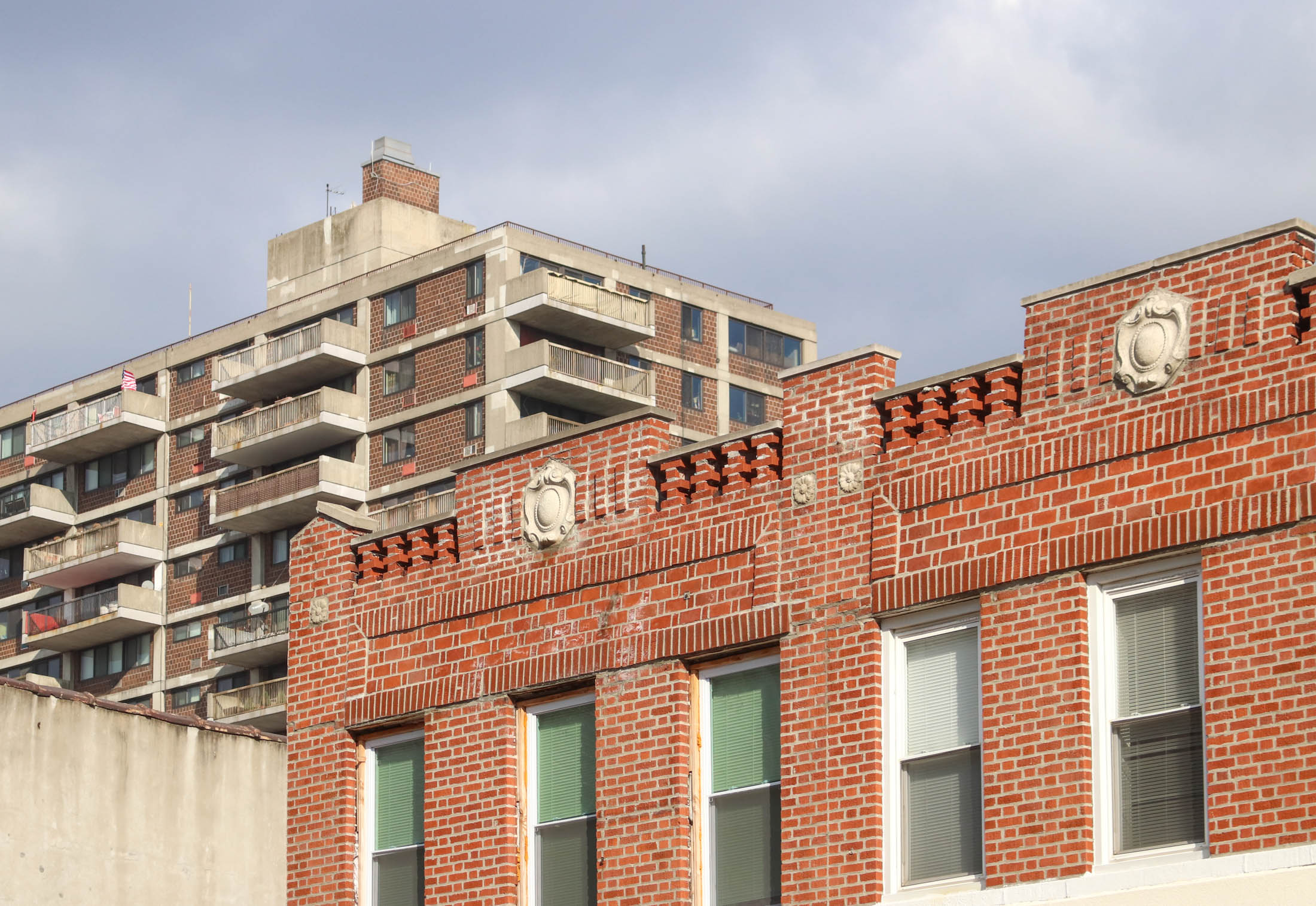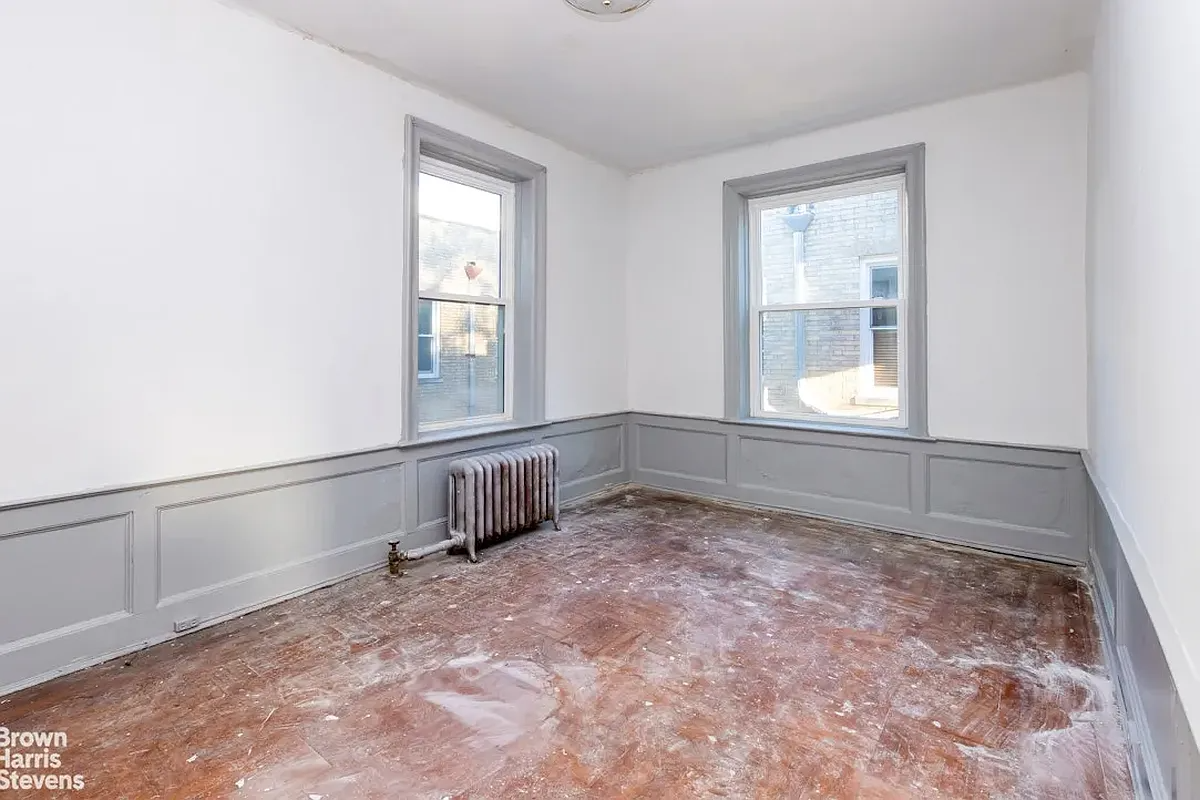Little Boxes, Big Slums
So what happens when McMansions all over the country are downgraded in status and price to the dollar menu? According to an article in The Atlantic, it means we’re witnessing a huge shift in where Americans are choosing to live. The piece, by Brookings Institution fellow/Arcadia Land Company honcho Christopher B. Leinberger, racks up fact…


So what happens when McMansions all over the country are downgraded in status and price to the dollar menu? According to an article in The Atlantic, it means we’re witnessing a huge shift in where Americans are choosing to live. The piece, by Brookings Institution fellow/Arcadia Land Company honcho Christopher B. Leinberger, racks up fact after fact to support the theory that the suburbanization of the U.S. has run its course:
For 60 years, Americans have pushed steadily into the suburbs, transforming the landscape and (until recently) leaving cities behind. But today the pendulum is swinging back toward urban living, and there are many reasons to believe this swing will continue. As it does, many low-density suburbs and McMansion subdivisions, including some that are lovely and affluent today, may become what inner cities became in the 1960s and ’70s—slums characterized by poverty, crime, and decay.
Leinberger argues that as cities have increased in cachet over the past decade or so, builders have gone gangbusters on the suburbs, leading to overdevelopment in non-urban areas and huge price premiums in our cities. One demographer he cites forecasts a “likely surplus of 22 million large-lot homes forecasts a likely surplus of 22 million large-lot homes (houses built on a sixth of an acre or more) by 2025—that’s roughly 40 percent of the large-lot homes in existence today.” There are plenty of good reasons to believe cities—and manufactured, urban-esque “lifestyle centers” outside of cities that include walkable streets and retail clusters—will only continue to grow in popularity. For example, Leinberger notes that by 2025 there will be an equal number of single-person households as families with children. The whole article is well worth a read, though it oddly doesn’t address the possible racial ramifications of a suburbia-as-slum/cities-of-gold cultural shift. Still and all, it’s a sobering look at how the McMansion developments of today may be the poverty-stricken badlands of tomorrow.
The Next Slum? [The Atlantic]
Photo by bob.





i have a 4 story brownstone all to myself.
i need it all…i have a large porn collection.
My family of three lives in a huge 4 story brownstone and I couldn’t imagine doing with any less. The kid has a floor to himself and my wife and I have our floor. Plus two floors for us to share. It’s perfect.
My family of four is very lucky to occupy about 1800 square feet. I couldn’t imagine what we would do with more space than this. We rent the rest of our house to tenants because it makes sense and we just don’t need or want the whole thing.
The McMansion trend started in the mid to late nineties and was largely status driven. IMHO, unless you have a family of 8+ and/or entertain family and business associates consistently, it seems like a huge burden. The trend was nurtured through collusion among marketers, developers banks and brokers. They created demand through easy credit because they knew that they could rid themselves of the risk through securities offerings. The ones without foresight or who were too drunk with greed were stuck holding the joker card (BS). These activities were very prolonged (the outstanding value of this debt is unbelievable) and it is not only mortgages. know. The societal cost will be signficant. Many will never make up what was lost. Even “nicer” near to NYC suburbs have been exploited. Quaint towns in NJ and Westchester have their share of the sub-standard housing where maybe 50% of the buyers were qualified but the others will drag everyone else down and not their fault entirely. The services and quality of life are diluted and this is irreparable in the near term. Predatory lending rules were on the books way before last Summer. The Fed and the securities regulators turned a blind eye. This is just SAD and disheartening that the very people that are supposed to protect the public were so blatantly negligent. Who cares if you like Brooklyn or Katanoh or Croton – this is the real issue.
I would post something with more detail, but I have to run to my commuter train. If I miss it I have to wait another hour and it will be local.
sub-urbs are fun!
manhattan is a rich slum. baltimore is a black slum. phoenix is a sunbelt slum. philly is a working class slum. san francisco is a gay slum. camden is a drug slum. eugene is an anarchist slum. albany is a slum of government abuse. gary is a steel town slum.
I am one of those that moved to suburbs and now have returned to brooklyn. Let me tell you the suburbs are depressing. All i did was think about returning to NYC.
Point well taken early in this discussion: Many of the big houses in Flatbush (ours included) were indeed broken up into boarding houses to survive the Depression, after having been built as something akin to the McMansions of their day (although builders and architects took a lot more pride in their product back then. We bought a 3,000-square-foot ex-boarding-house because we couldn’t afford a smaller, more energy-efficient house in better condition. (As Jacob Marley said, “I forged this chain, link by link.”) I’ve always thought that, in the event of an apocalyptic economic catastrophe, we could go back to “renting out rooms”…something that it’s very funny to contemplate McMansioners doing.
hey homez- I guess the BK bridge is coming down too Esse. I hear the same vato immigrants built that as well.
Without Manhattan, homes in Brooklyn would be cheap as Baltimore.